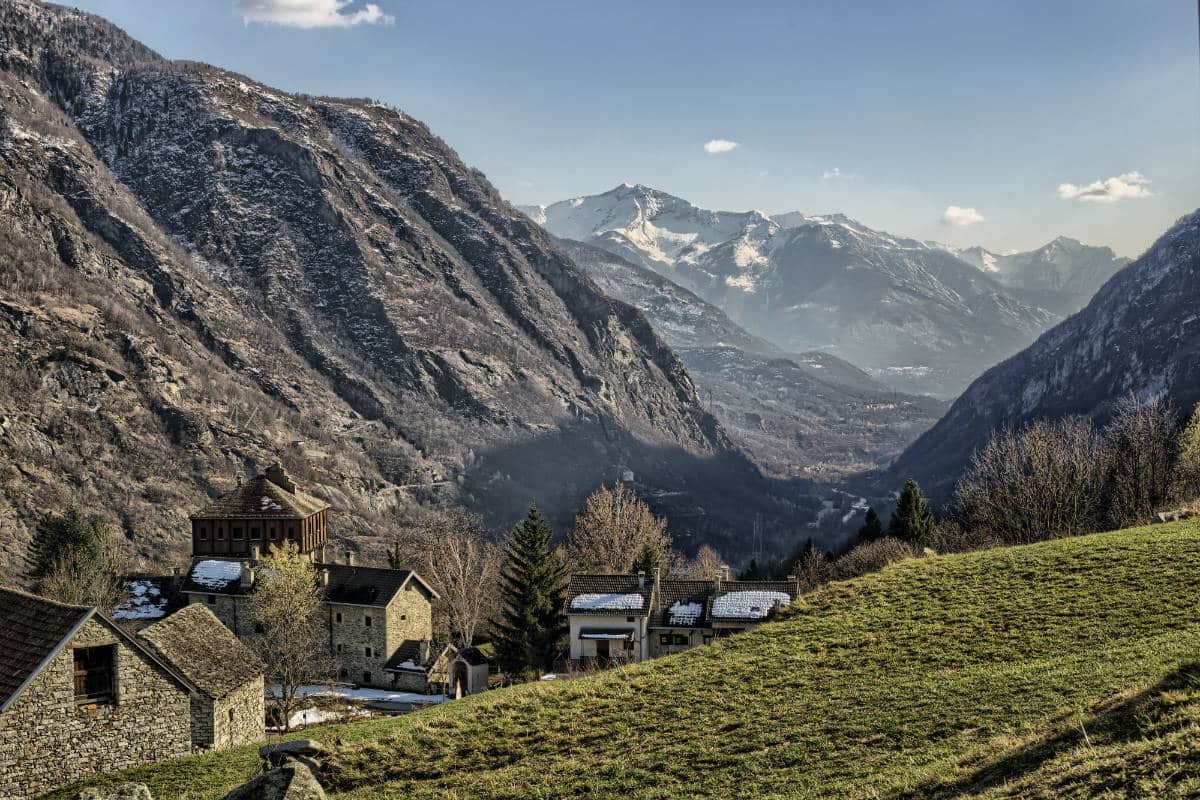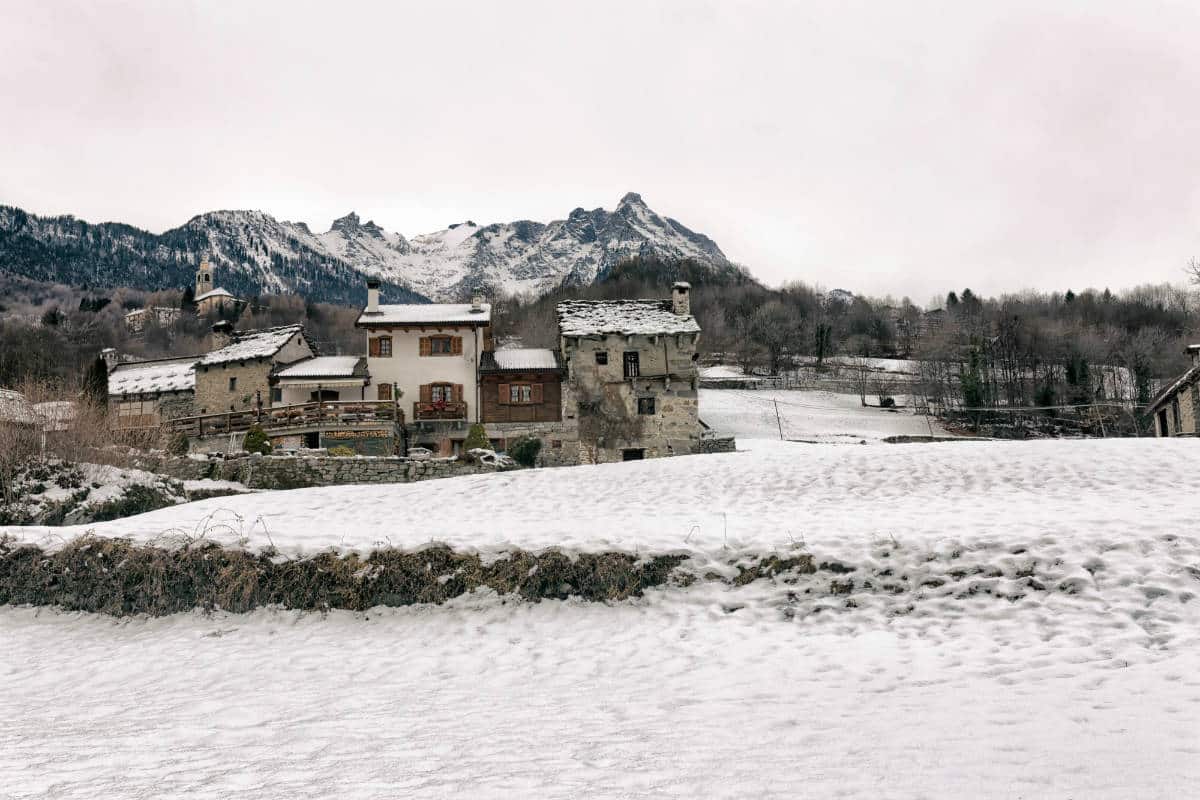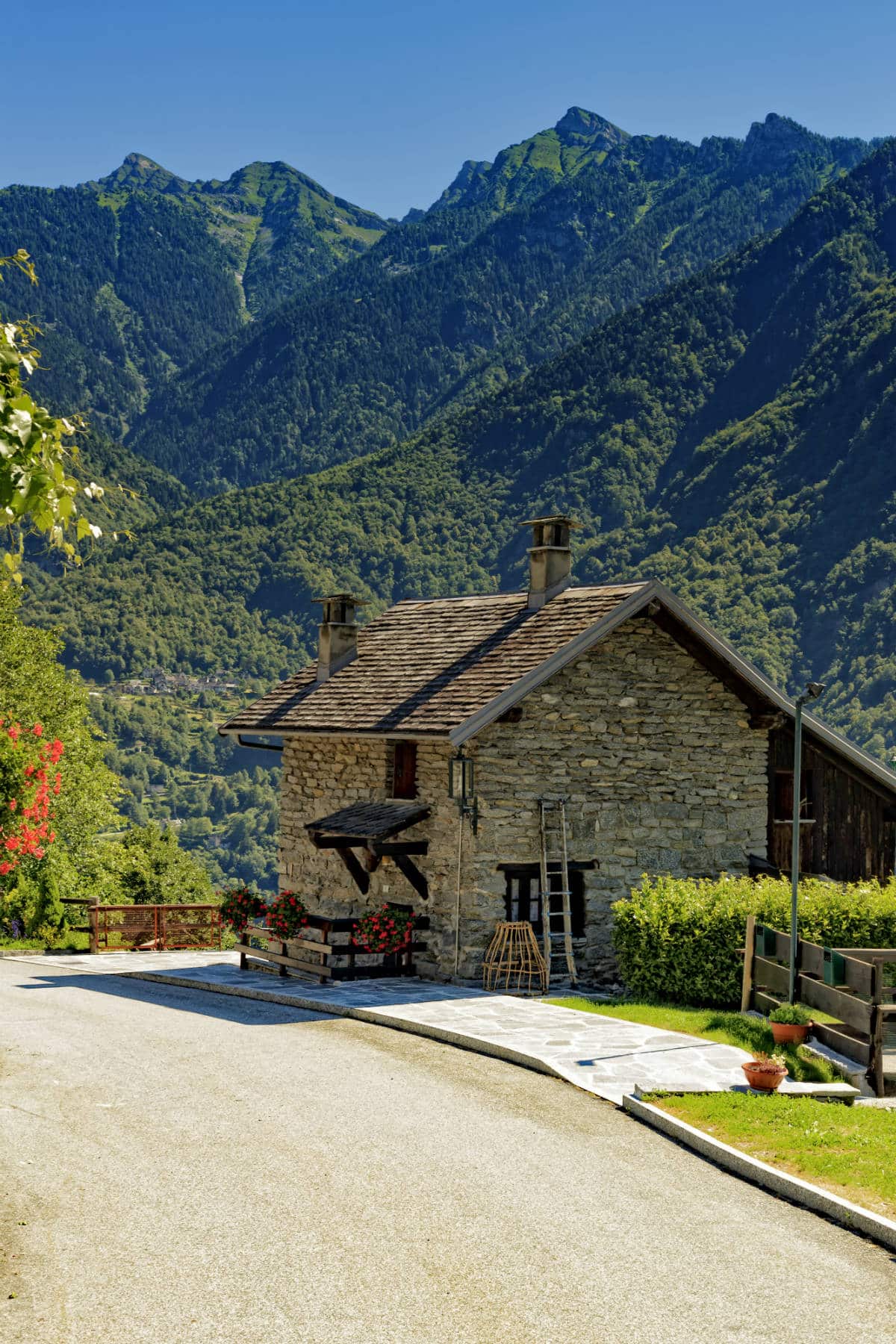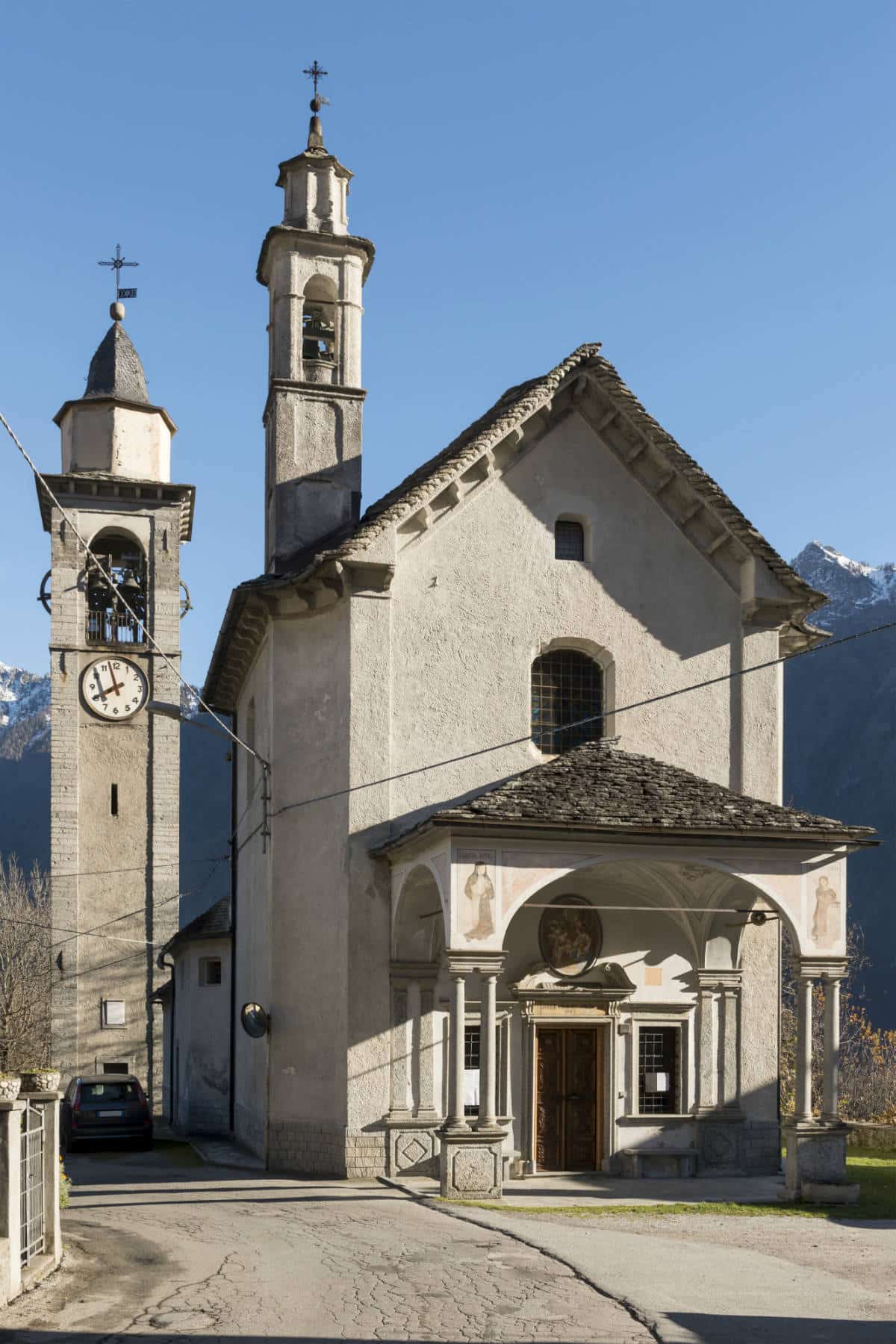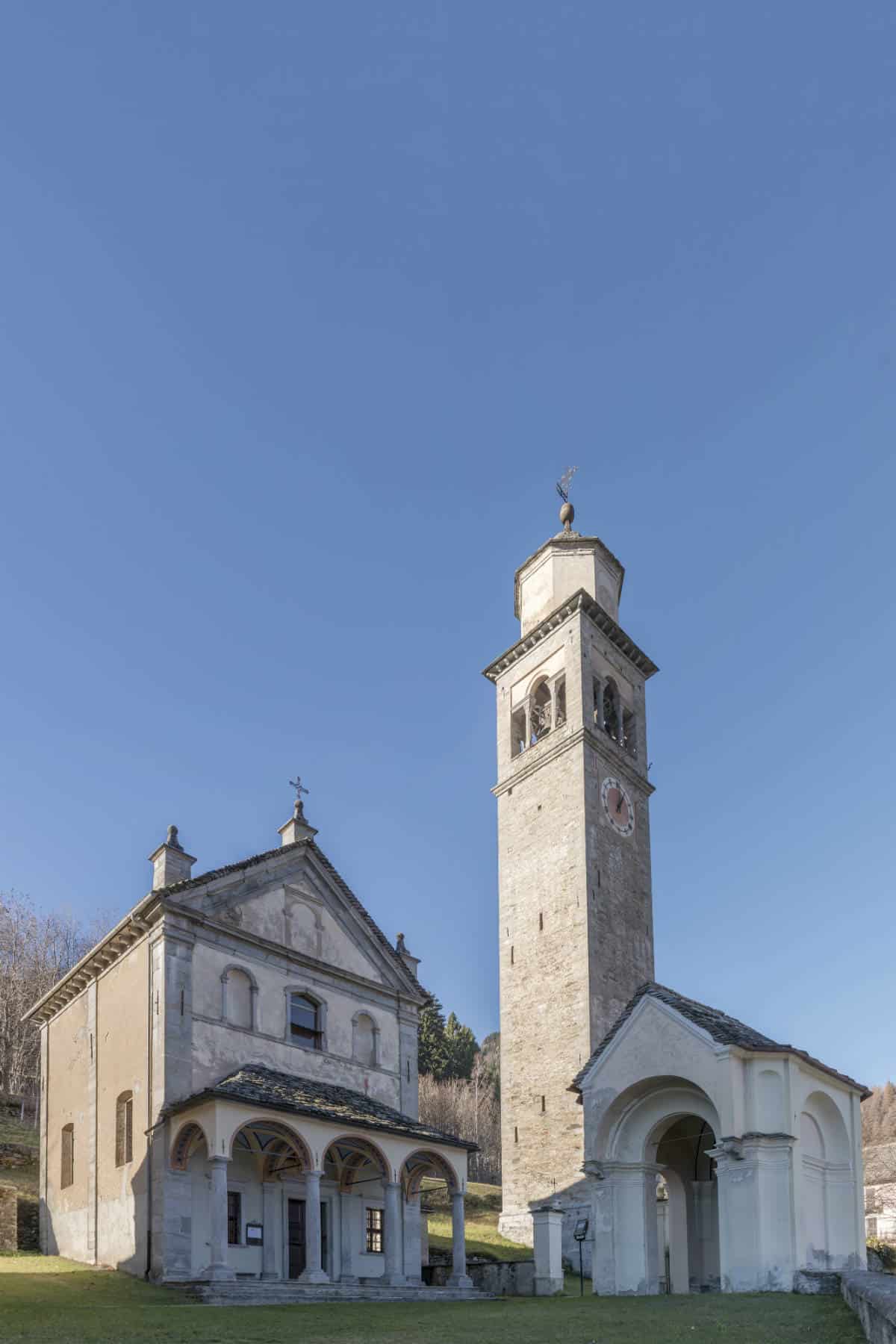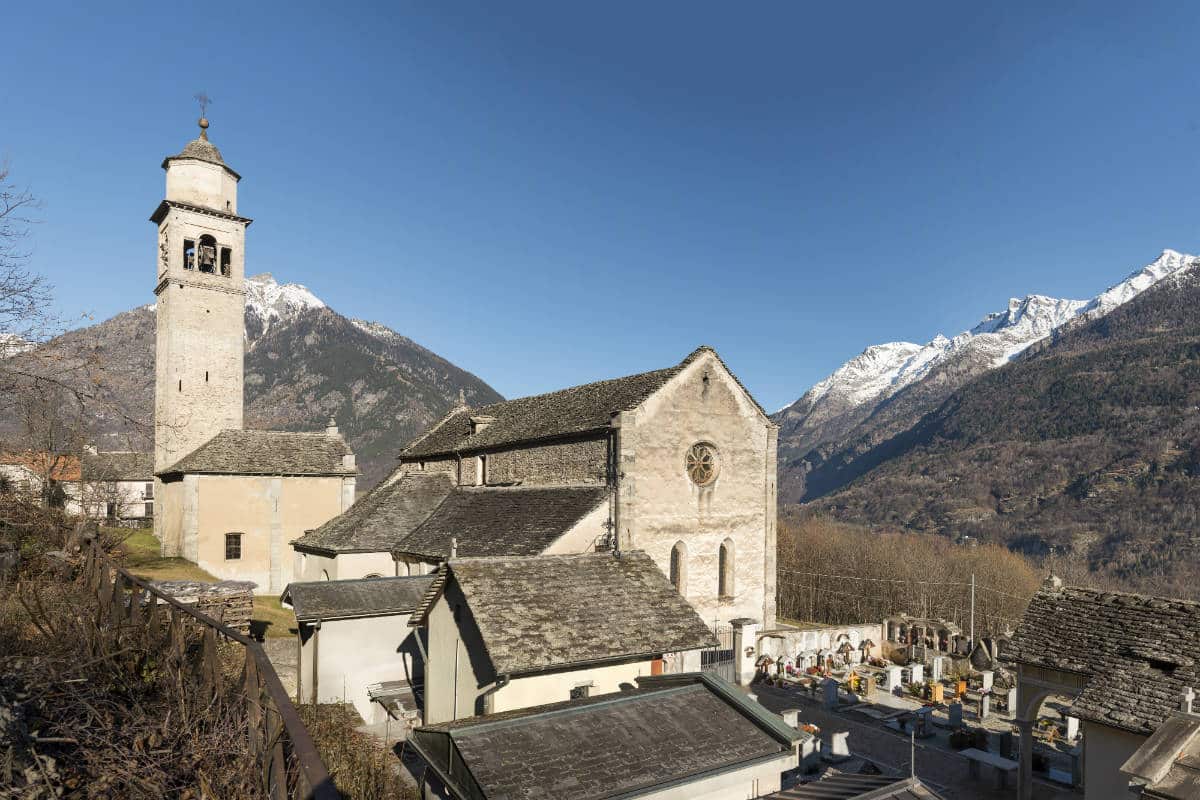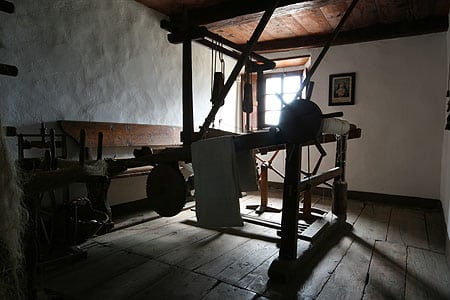Crodo, a small Piedmontese village known for "Crodino," the famous drink born in this village in 1964, is the main town in the Antigorio Valley. An important spa resort, the village is famous for its mineral waters.
History has it, in fact, that the beneficial properties of the local waters were discovered at the time of the Crusades, when a knight, returning from Jerusalem almost dying, stopped in Salecchio exhausted by the long journey. He quenched his thirst thanks to a spring he found by chance, miraculously giving him and his horse strength.
From then on, citizens used the elixir to relieve all kinds of illnesses.
One of the very ancient testimonies of Crodo is the
"Devil's Wall," an imposing megalithic structure, presumed to have served sacred and social functions, in the form of a gigantic wall surrounding on three sides a large terrace oriented according to the cardinal points.
Other highlights of the village's historical-architectural heritage include the
House Museum of the Mountain, which is open only in summer but can be visited year-round by appointment, the
House of the Pope, the Romanesque parish church of St. Stephen, the
oratory of St. John the Baptist, the
church of St. James, the
shrine of Our Lady of Life, and the
Romanesque-Gothic parish church of St. Julius.Rounding out the rich tourist offerings of the village are several unmissable events throughout the year. Among the most anticipated are the October tastings, dedicated to the region's most representative products, such as chestnuts, the undisputed protagonists of delicious dishes.


